Each child will go to kindergarten, and the way he perceives a new environment for himself excites many parents. A visit to a kindergarten is an extremely important period in the life of a young child. Excited for him, loving parents should prepare their crumbs for the new conditions as best as possible, having formed elementary self-care skills in him.
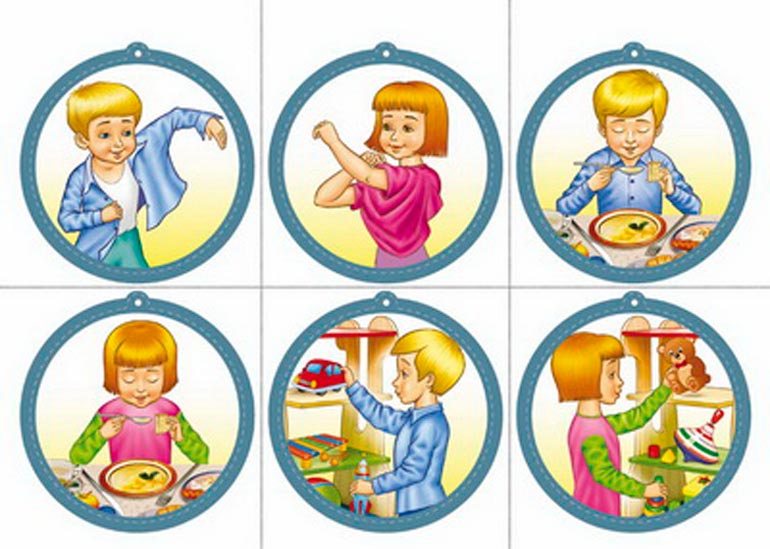
How to create 4 necessary skills that facilitate the adaptation of the child to kindergarten
A visit to a kindergarten for almost every baby is fraught with great stress, because the way he is used to it suddenly changes dramatically. He finds himself in a completely different world with new requirements, daily routines, unusual surroundings, food and activities, with strangers.
In this world there is no most important person - beloved mother, who will always console and come to the rescue. Here, a little man has to cope with everything on his own. Experts recommend starting preparation for kindergarten several months before the start of the visit. Those children whose responsible parents developed independence skills from a very young age are the easiest to adapt to the conditions of the kindergarten, encouraging them to have a completely natural need to do everything as little as possible.
1. We teach the baby to dress independently
This skill is finally formed by the age of three, if parents, actively helping, tirelessly encourage the child’s desire to cope independently with the difficult task of pulling naughty legs and sleeves.
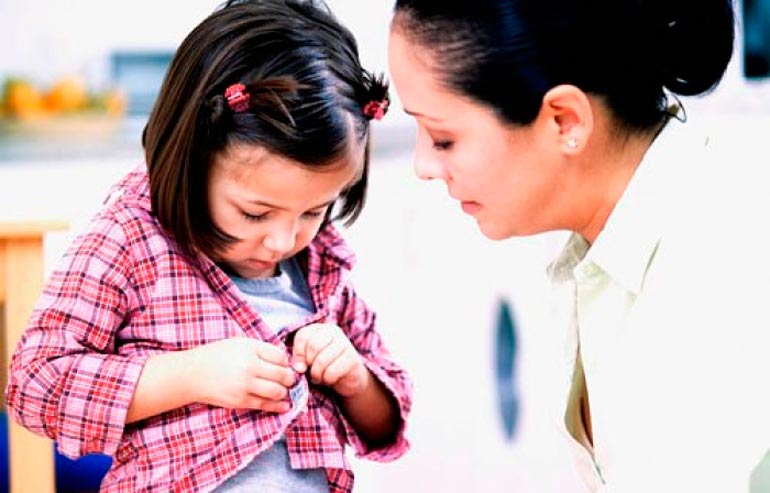
- Interest in self-dressing must be maintained constantly, rewarding even the most insignificant attempt of his crumbs. Is he trying to pull up his pants on his own by getting up from the pot? Be sure to praise! His little fingers are still so weak, he is just learning to wield them, trying to grab and fasten a tiny button, pull a sock - praise and encourage every initiative, without focusing on failures. Only in this case, the baby will gain confidence in their abilities, not fearing possible mistakes;
- It is important to teach the baby to undress so that there is no need to twist his clothes before the next dressing, after all, most often small children do not take off, but pull it off themselves, turning inside out. This is a very important point that requires daily training. To do this, you need to teach your baby to dress and undress while sitting on his stool.To properly remove the tights, the baby must stand in front of him (with his back to the seat) and lower them below the level of the knees. Sitting on a chair, the baby with one hand should grab the heel of the stocking, and with the other - his toe and alternately - one after the other - pull the stockings off his feet. In order for the baby to learn this “wisdom”, it is necessary to demonstrate and explain to him several times where the tights have seams, a heel, a sock and an elastic band. It is equally important to teach the baby to correctly put tights on the back of the chair: the elastic should be at the edge of the stool, and the central seam should be on top. Having taught the child to take pantyhose with an elastic band with two hands (and not to indulge, turning them in his hands), parents will provide him with the opportunity to put them on without problems, since each stocking will be at the right leg;
- Sending a child to kindergarten, it is necessary to give preference to clothes that are easily removed and worn: a jacket in this case is more preferable than a sweater, one-piece zipper is better than buttons. Toddler shoes should be fitted with Velcro, not laces. The less complicated the fasteners are, the easier it is for the crumbs.
READ DETAILS: How to teach a child to dress and undress independently
2. We form hygiene skills
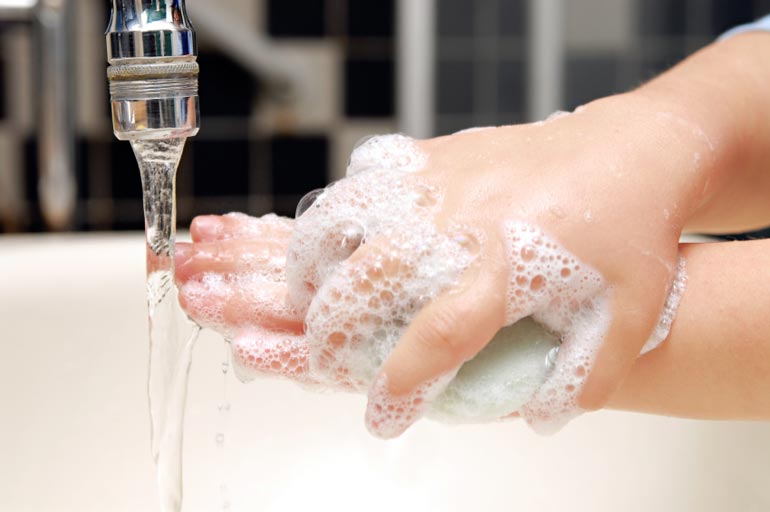
- The habit of washing hands after a walk and before each meal should be brought up in a child from early childhood. To make the baby comfortable, it is necessary to create appropriate conditions for this. A special stable bench will allow him to easily reach the tap, and an individual towel, hung at a height accessible to the baby, will give him the opportunity to wipe clean his palms on his own. Before washing hands, it is necessary to teach the child to roll up long sleeves. The process, accompanied by amusing nursery rhymes, instructive poems and songs, will create an atmosphere of relaxed play, during which the baby learns to thoroughly soap her hands, wash them with circular movements of her fingers, and thoroughly rinse off the soap foam under running running water. The kid should wipe clean handles with a towel. At the end of the procedure, the crumbs should be praised for their diligence. If you perform it every day, after a walk the baby himself will remind mom of the need to wash her hands;
- A kid entering a kindergarten should be accustomed to a pot or toilet: take off the pants in time, sit on the pot yourself, be able to use toilet paper. By this age, there can be no question of any diapers: the baby should do without them.
We read useful articles on the topic: teach a child to use a pot and necessarily teach a child to wipe his ass on his own.
3. We teach the child to eat independently
The question of when to give the baby a spoon, each mother decides individually, observing his behavior. If a child (usually one year old) takes the initiative and demands, then this moment has come. Porridge (spread over the table, face and parts of the surrounding interior) will not fall for other purposes for a short time: in a very short time, the baby will learn to eat quite accurately.
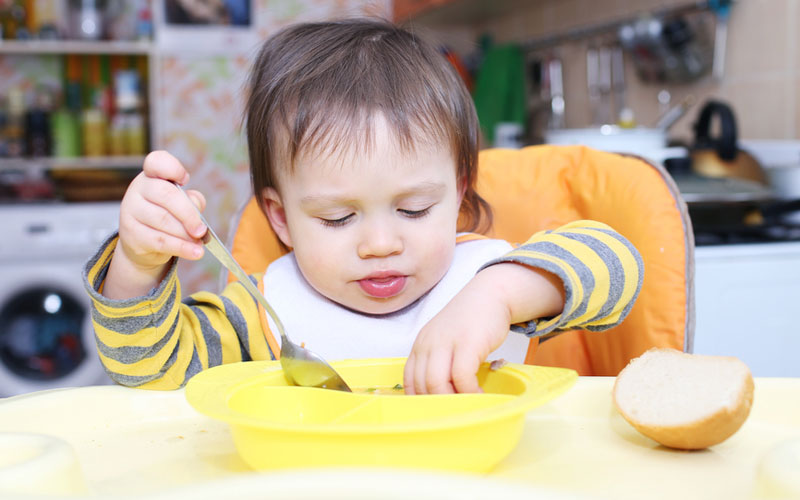
- A two-year-old baby can be taught to bend over a plate a bit so as not to stain the table and clothes;
- You need to teach him how to use paper napkins. If in the presence of the baby other family members will set a good example for him, he will quickly understand that for wiping his hands and face soiled with food, a napkin is more suitable than his own clothes. Of course, a vase with napkins should always be on his table;
- For daily feeding, the child should have separate furniture (a small table and high chair), selected in accordance with his height, as well as convenient and safe dishes. Plates should be stable, spoons should be small, and cups should have handles that are comfortable for small fingers (we read about the first dishes for a child);
- Even a small child can be involved in serving a dinner table: he can arrange plates, lay out cutlery and napkins. He will be able to use the acquired skill while on duty in the dining room, helping the nanny in kindergarten;
- Periodically planting a baby at a common family table, as a rule, helps to improve appetite, stimulating the desire to eat independently, "how big."
We read on the topic: learn to use a spoon and learn to drink from a mug.
4. Strengthening the skills of independence through developmental games
All skills practiced by kids are best learned if served in an entertaining playful way. This applies to any security issues.
- In the process of training for a walk, you can read to the baby funny little poems that beat all the stages of shoeing and dressing the baby. Creating a joyful mood in him, they contribute to the desire to independently cope with a difficult, but such an important task;
- Even the routine process of washing hands by the power of an artistic word can be turned into an exciting ritual. A napkin reminder will remind the crumbs about the need to roll up their sleeves, and to the sounds of a funny poem you can not only wash your hands cleanly, but also cheerfully clap at the end, demonstrating the quality of washing;
- The acquired skills can be consolidated during a role-playing game with a doll. Let the kid show the doll that came from the walk how to wash his face and hands, how to use the devices during meals, wipe his mouth with a napkin. Very useful manipulations with doll clothes. Having undressed a doll, the kid can accurately hang her clothes on a tiny stool. After the “quiet hour” you can dress the doll and go for a walk with it. All acquired skills will surely come in handy for the child in kindergarten, because he will be able to independently engage in a game in a puppet corner;
- For the development of fine motor skills, you can offer the crumbs a kind of "simulator" made by skillful mother's hands. All kinds of fasteners can be sewn to a dense piece of cloth: zippers, Velcro, straps with buckles, buttons with loops, ribbons, buttons and hooks. Unfastening and fastening, untying and tying all these ingenious ties and fasteners, the baby will train his awkward fingers and will acquire a useful skill that will be useful to him when dressing himself. We have prepared for you an article on the business boards (development boards - this is a very useful article, be sure to check out! - Bizibord - a developing board with locks and buttons for kids with their own hands)
Even contact and independent crumbs are not easy to get used to the unusual environment, so in the first weeks of visiting a kindergarten, he will need special attention and love from the closest people.
We also read on the topic of adaptation to children. kindergarten: if parents thought about the consequences of their actions: 4 examples of unsuccessful adaptation to kindergarten and an article on proper adaptation to kindergarten -What parents need to know about the child’s adaptation to kindergarten.
Breastfeeding and kindergarten - is it possible to combine? As a consultant on breastfeeding, I often hear this question from a nursing mother when the baby is 2 years old: “How to wean a baby from the breast, because we will soon be in kindergarten?” Is it necessary to excommunicate a child in front of a kindergarten?https://kid.htgetrid.com/en/kormlenie-grudyu/kormlenie-grudyu-i-detskiy-sad-vozmozhno-li-sovmestit.html
Read on:
- 7 skills that a child must learn before kindergarten - https://kid.htgetrid.com/en/eto-polezno-znat/7-navyikov-kotoryie-dolzhen-osvoit-rebyonok-pered-detskim-sadom.html
- How to wake a child in the morning in kindergarten without tears, torment and vagaries -https://kid.htgetrid.com/en/eto-polezno-znat/kak-razbudit-rebenka-utrom-v-detskiy-sad-bez-slez-mucheniy-i-kaprizov.html
- Memo to parents: 20 reasons why a child does not eat in kindergarten, and what to do about it (part 1) -https://kid.htgetrid.com/en/eto-polezno-znat/pamyatka-roditelyam-20-prichin-pochemu-rebyonok-ne-est-v-detskom-sadu-i-chto-s-etim-delat-chast- 1.html
- Home education as an alternative to kindergarten: advantages and disadvantages – https://kid.htgetrid.com/en/eto-polezno-znat/domashnee-vospitanie-kak-alternativa-detskomu-sadu-preimushhestva-i-nedostatki.html
- 5 reasons why parents most often scold orders in kindergartens – https://kid.htgetrid.com/en/eto-polezno-znat/5-prichin-iz-za-kotoryih-roditeli-chashhe-vsego-rugayut-poryadki-v-detskih-sadah.html
5 mistakes when adapting to kindergarten

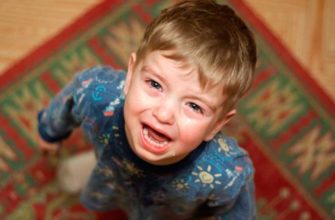

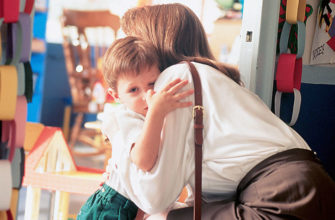
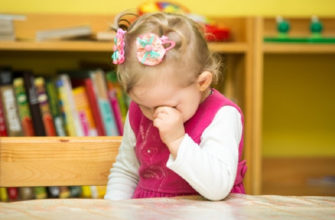
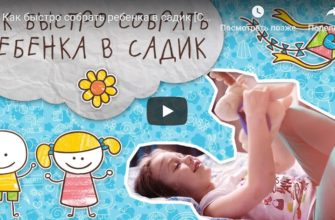

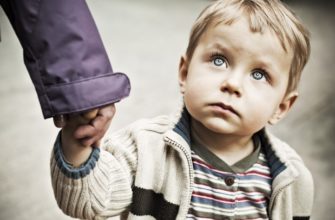
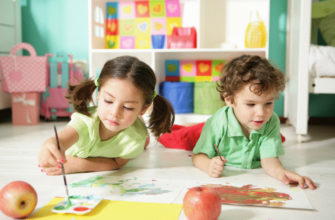
I agree that the baby needs to wear clothes and shoes in the garden without difficult fasteners and laces, it is better to replace the jacket with buttons with just a sweater that he can pull on, the mittens should be on the lace so that the child does not look for them. And girls will not be amiss to teach combing and tying hair in a ponytail.